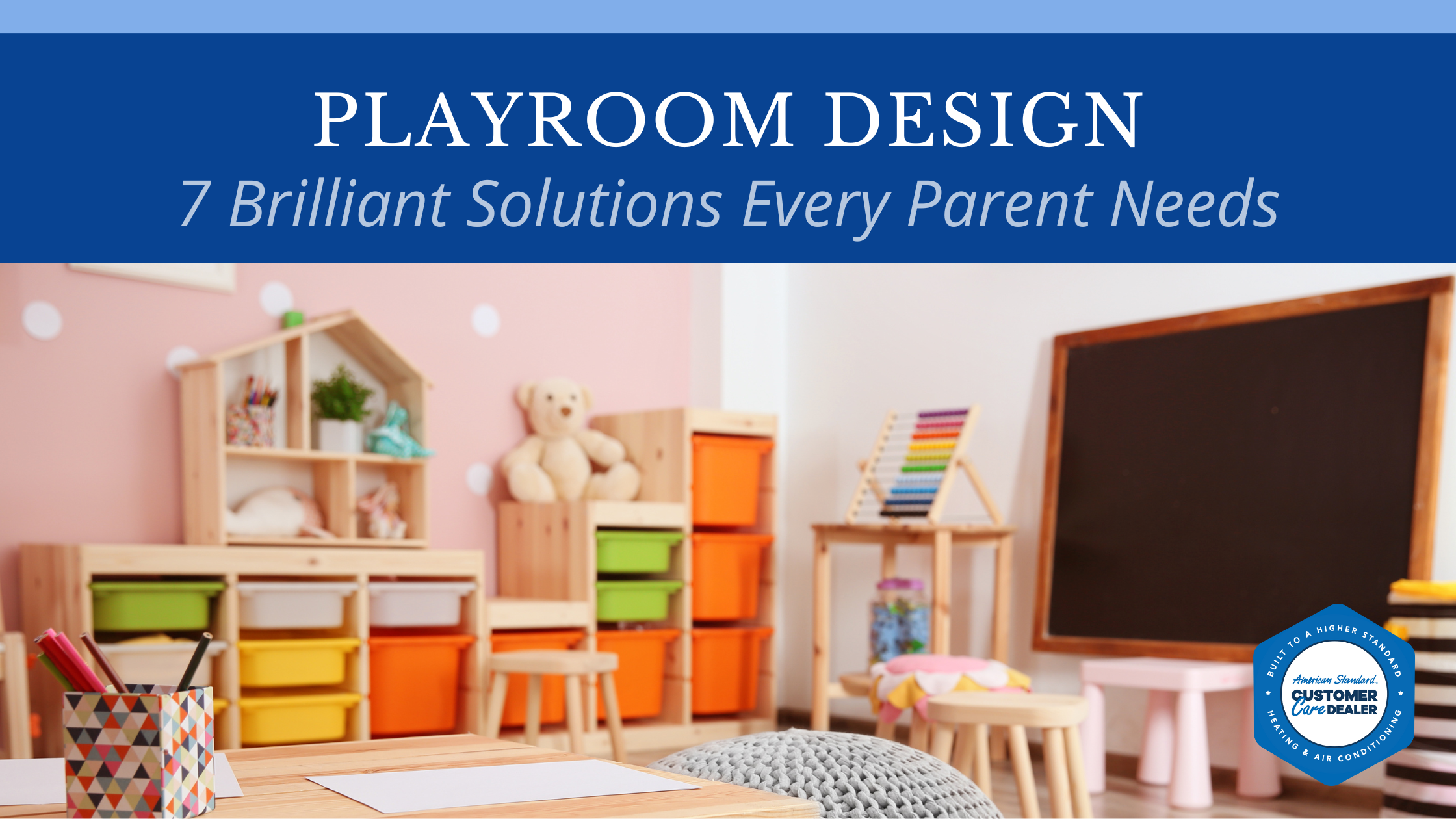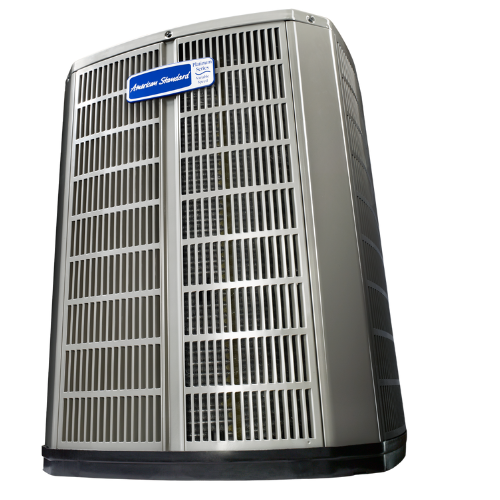Playroom Design: 7 Brilliant Solutions Every Parent Needs
Designing a playroom for your little ones isn’t just about fun decor and toys—it’s about creating a space that stimulates creativity, encourages exploration, and supports organization. A smart playroom design should be functional, safe, and adaptable to your child’s ever-changing needs. In this guide, we’ll show you how to achieve the perfect balance of fun and function while optimizing the room for both kids and adults alike.
1. Prioritize Safety with Soft Surfaces
Safety is the first step in effective playroom design. A secure environment gives your child the freedom to play and explore confidently. Opt for cushioned flooring like foam mats or plush rugs to protect against falls. Avoid sharp furniture edges and consider padded wall panels for added peace of mind.
Tip: Choose flooring materials that are non-toxic and easy to clean, such as rubber or vinyl, to keep your space both comfortable and healthy.
2. Create Zones for Different Activities
A great kids’ playroom often includes clearly defined activity zones. Divide the space into dedicated areas for reading, art, building, pretend play, and quiet time. This layout encourages focus, helps minimize mess, and makes it easier to clean up.
Tip: Use rugs or low shelving units to distinguish each area. Visual boundaries support structure and enhance the flow of your space.
3. Invest in Versatile Storage Solutions
Clutter is the enemy of any functional space. Use child-friendly storage solutions like baskets, cubbies, and dual-purpose furniture to organize toys, books, and art supplies. Think built-in shelving, under-seat storage, and wall-mounted racks that grow with your child.
Tip: Label containers with both pictures and words to help younger kids develop organization habits—an essential part of a successful playroom design.
4. Incorporate Interactive and Educational Elements
The best playroom design blends fun with learning. Include chalkboards, magnetic walls, or dry erase surfaces where kids can draw and explore freely. Add a small library, puzzles, or a DIY science station to support development in a playful way.
Tip: Choose open-ended toys and manipulatives that spark creativity and evolve with your child’s imagination.
5. Maximize Natural Light and Comfort
A bright, airy environment enhances mood and supports focus. Position the room to take advantage of natural light whenever possible. Light-filtering curtains or shades can help manage brightness throughout the day.
To keep the space ultimately comfortable, a mini-split system might be a great option! Kids get hot fast, especially when playing. A mini-split system can keep the playroom cool and comfortable at all times. These systems call be installed in virtually any space, and they’re extremely energy-efficient!
Tip: If your space lacks windows, use light-colored paint and layered lighting (ambient, task, and accent) to recreate the same cheerful atmosphere.
6. Use a Fun and Flexible Color Scheme
Color impacts behavior and mood, especially in kids’ spaces. You don’t need to cover every wall in rainbow hues. Instead, opt for a neutral base with bold accents introduced through furniture, toys, and wall art. Calming colors like pastels can be soothing, while bright pops of color encourage energy and play.
Tip: Use washable paint for the walls—spills, smudges, and doodles happen! It’s a practical feature in any children’s play area.
7. Plan for Growth and Flexibility
Children grow quickly, so your playroom design should too. Invest in furniture that adapts, like adjustable desks, stackable storage, or modular shelves. As your child matures, a space once used for finger painting can become a reading nook or homework station.
Tip: Rearranging furniture from time to time keeps the room feeling fresh and encourages new types of play and creativity.
Frequently Asked Questions (FAQs)
1. What are the best storage options for a small playroom?
Use vertical space—wall shelves, hanging organizers, and multipurpose furniture like ottomans with hidden storage work wonders in tight areas.
2. How can I reduce clutter in the playroom?
Stick to essentials and rotate toys every few weeks. A thoughtful playroom design with dedicated zones and labeled bins also helps reduce mess.
3. Should I add a screen or TV to the playroom?
It’s okay in moderation, but make sure your kids’ play space encourages active and creative play. Use tech-free zones for balance.
4. What’s the best lighting for a playroom?
Use a combination of natural light and warm artificial lighting. Dimmable bulbs and task lights make the room adaptable for every activity.
5. How can I make a playroom that grows with my child?
Choose furniture and storage that can evolve. Neutral colors, flexible layouts, and adjustable features are the foundation of a lasting playroom design.
Contact Us
For more than 50 years, our factory-trained HVAC professionals have helped to keep your home comfortable! Spencer at the Lake is a trusted American Standard Heating & Air Conditioning Customer Care Dealer in the Lake Martin area
📞 Call Spencer at the Lake at (256) 373-3165
📲 Follow us on Facebook and Instagram for seasonal tips and promotions





